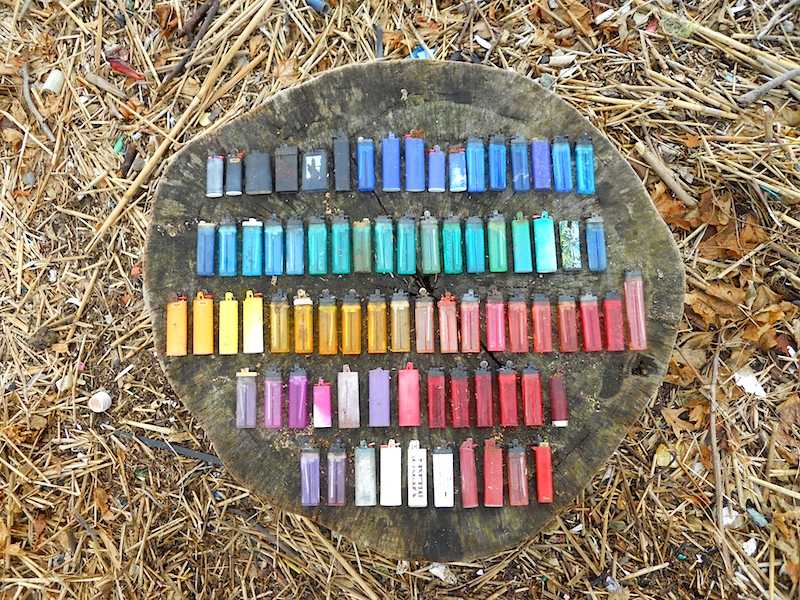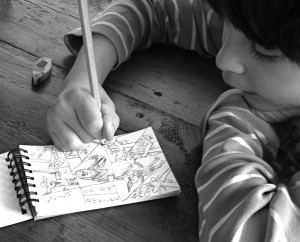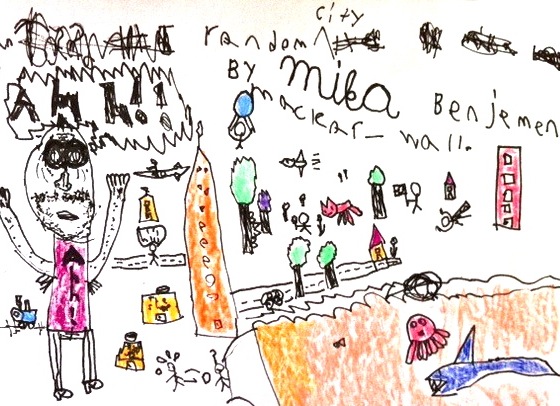Sometimes this happens. Sometimes change arrives unannounced. One moment, your life is a predictable place, and the next moment, everything is a wild carnival ride of flux. The midway is a sweet and melancholy place. You’re probably thinking that you’ll never come here, that your child will stay in the kiddie park, riding that adorable merry-go-round, forever. But you know that’s not true.
Our family arrived at the midway a few months ago. I watched my 11-year-old son get loaded into a behemoth called the Instant Rocket of Change. A switch somewhere was thrown, and when he returned, he was a gangly 12-year-old…
Before we arrived at the midway, I had a knack. I knew how to outmanoeuvre night terrors and food aversions, how to arrange playdates and make time for homework, how to kiss the bruise at the moment the bruise happened. Most of all, I knew how to read his mind. Now what? He wasn’t the same son. What was he thinking? Was he experiencing existential emptiness, a yen for anarchism? A sudden love of surrealist painting? What tools would serve me now?
(Excerpted from a short piece I wrote on the flux of parenting for Today’s Parent magazine.)









